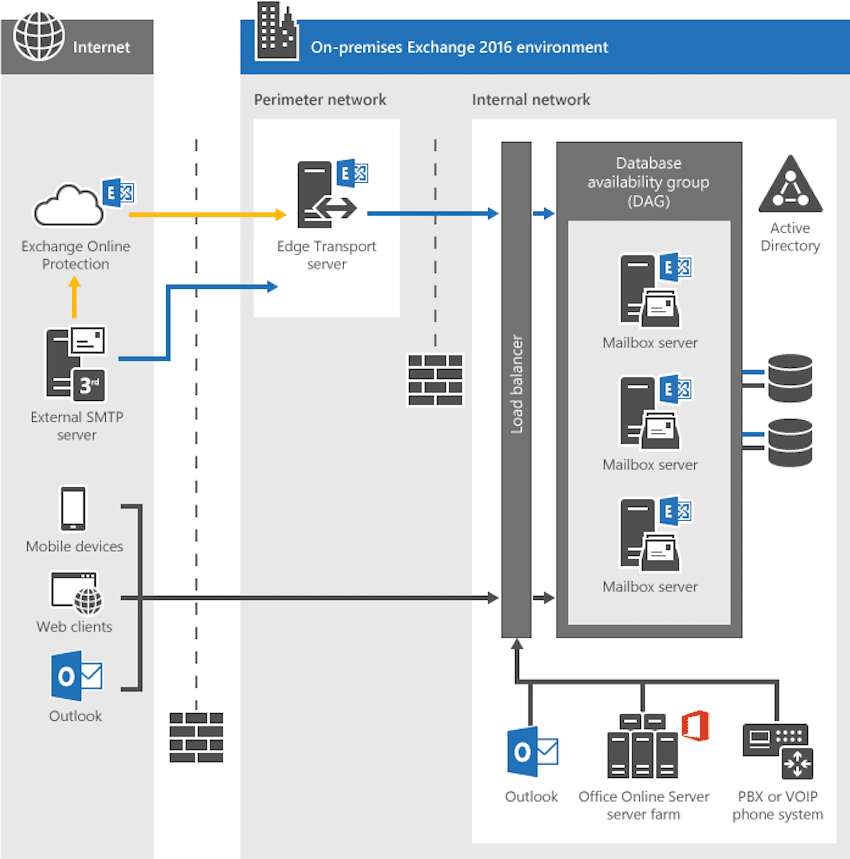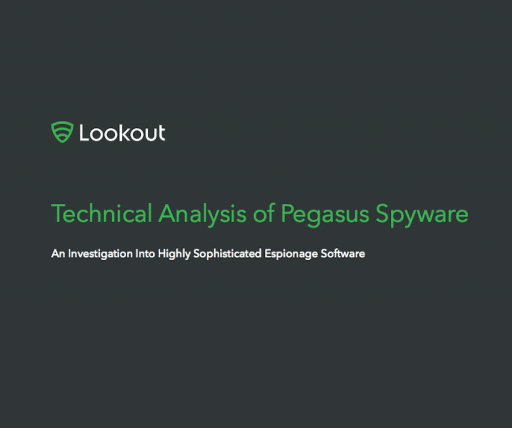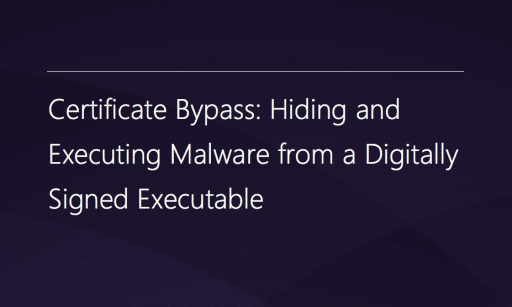Here is Silas Baertsch’s article about Exchange forensics.
Introduction
The number one form of communication in corporate environments is email. Alone in 2015, the number of business emails sent and received per day were estimated to be over 112 billion [1] and employees spend on average 13 hours per week in their email inbox [2]. Unfortunately, emails are at times also misused for illegitimate communication. Back in the days when the concept of email was designed, security was not the main focus of the inventors and some of the design short comings are still problematic today. The sender rarely uses encryption and the receiver cannot check the integrity of unprotected emails. Not even the metadata in the header of an email can be trusted as an attacker can easily forge this information. Even though many attempts have been made into securing email communication, there are still a lot of unsecured emails sent every day. This is one of the reasons why attackers still exploit weaknesses in email communication. In our experience, a lot of forensic investigations include an attacker either stealing/leaking information via email or an employee unintentionally opening Malware he received via email. Once this has happened, there is no way around a forensic investigation in order to answer key question such as who did what, when and how? Because many corporate environments use Microsoft Exchange as mailing system, we cover some basics on what kind of forensic artifacts the Microsoft Exchange environment provides.
Here is the link to full article.







Comments are closed.